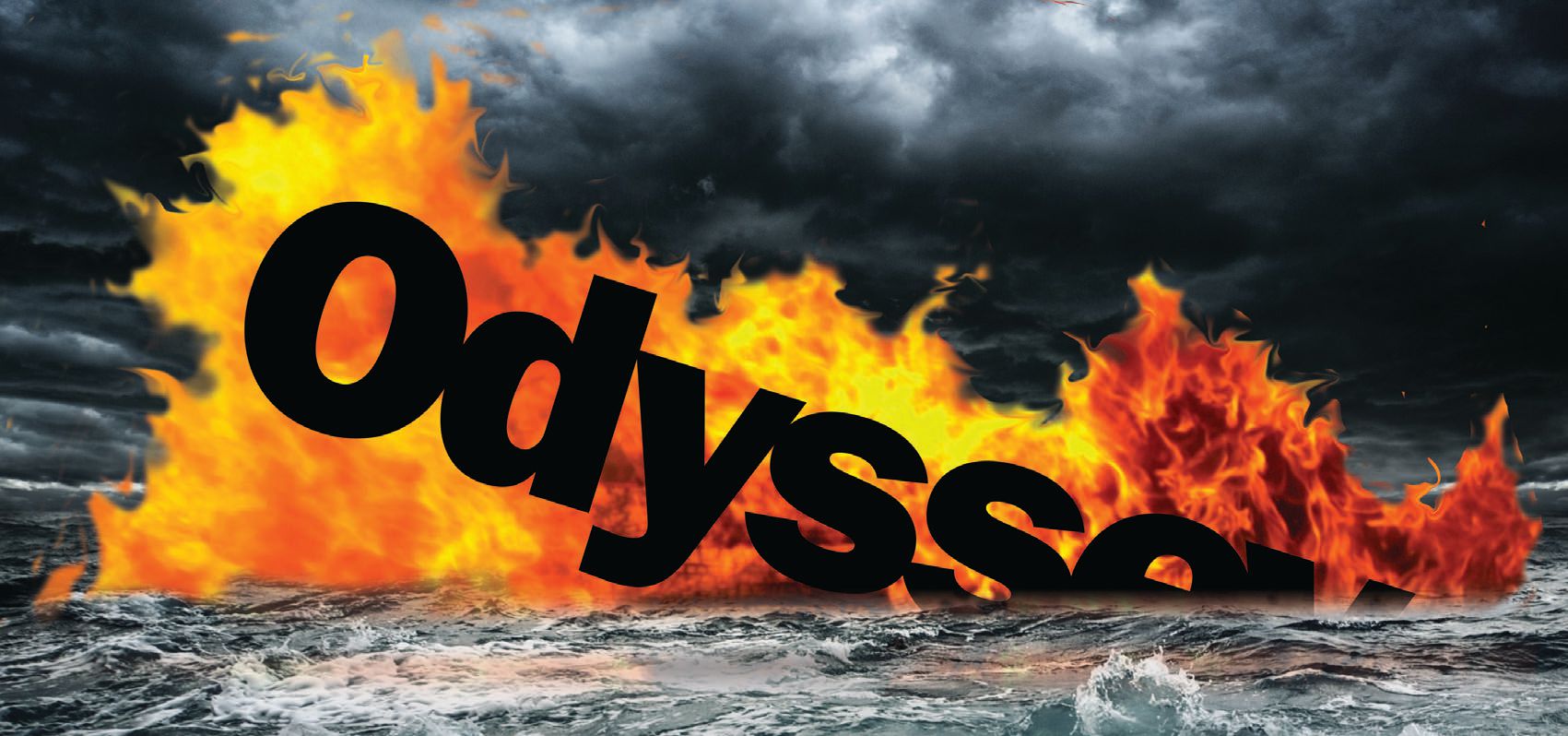It could have been worse
Evan Zabawski | TLT From the Editor November 2013
How disasters make the world safer.

This month marks the 25th anniversary of the sinking of the Odyssey.
HOW MANY LIVES DID THE TITANIC SAVE? There’s a theory that the Titanic’s sinking, when and how it happened, actually prevented a greater loss later. Many reforms were instituted after inquiries into the disaster identified some inadequacies and areas for improvement. Had the Titanic’s losses not been as great, it is possible ship design would have continued with even larger ships, and the next major disaster could have been even greater.
Though the refrain that the Titanic did not carry enough lifeboats to save everyone aboard is well known, what many do not realize is that the Titanic carried more lifeboats than was required by a regulation last updated in 1894, a time when the largest passenger ship was a mere 13,000 tons compared to the Titanic’s 46,000 tons. After the disaster, the International Convention for Safety of Life at Sea (passed in 1914) mandated adequate capacity in lifeboats for all aboard and required that lifeboat drills and inspections be performed.
A lack of standards for both wireless (radio) distress calls and use of rockets hindered some of the rescue efforts for those who did make it off the ship. The Radio Act of 1912 instituted 24-hour radio watches with secondary power supplies to prevent missing distress calls. It also stipulated that rockets at sea would be interpreted as a sign of distress and no longer be treated as a form of identification, as was commonplace at the time of the disaster.
The fact that the Titanic’s watertight bulkheads extended only 10 feet above her waterline played a major role in her ultimate sinking. After the disaster, bulkheads were extended higher, making them fully watertight. A less well-known design feature that the Titanic lacked was a double-hull, as she merely had a double-bottom. Many existing ships were refitted after the disaster to extend the double-bottom right up to the waterline.
Many of these changes were needed before the Titanic sank, and they would have come about eventually, but the high profile of the largest ship at the time sinking on a maiden voyage sped up the timetable considerably.
What got me thinking about this is that this month marks the 25th anniversary of the sinking of the Odyssey, a British-owned tanker that spilled its cargo of a million barrels of oil when an onboard explosion caused the ship to break into two and sink nearly 1,000 miles off the coast of Newfoundland. It is quite possible many readers will not recall this incident, but they will probably recall a more well-known event 134 days later: the grounding of the Exxon Valdez.
The key difference between these two oil spills is that the Odyssey’s occurred in the middle of the ocean, where much of the oil was consumed in the ensuing fire and what remained dissipated long before it reached the coastline. The Exxon Valdez spill famously covered over 1,000 miles of Alaskan coastline, including wildlife, though the total volume spilled is estimated to be about a quarter as much as the Odyssey spill.
The press coverage and public reaction to these two events were quite different, causing the sinking of the Odyssey to have less impact than the Valdez in driving changes in protocol and ship design. After the Valdez disaster, the public demanded action and duly got it when the Oil Pollution Act of 1990 made it mandatory for all tankers calling at U.S. ports to have double-hulls (The Titanic’s sinking only affected passenger ship design, cargo tankers remained exempt). Double-hulls became a global requirement in July 1993 for all new tankers (defined as delivered on or after July 6, 1996) and all existing tankers needed to be refitted no later than 30 years after their date of delivery.
As we reflect on these disasters, we cannot downplay the negative effects, but we should give pause that they brought about changes to make the world safer in the future.
 Evan Zabawski, CLS, is a reliability specialist in Calgary, Alberta, Canada. You can reach him at evan.zabawski@gmail.com
Evan Zabawski, CLS, is a reliability specialist in Calgary, Alberta, Canada. You can reach him at evan.zabawski@gmail.com.